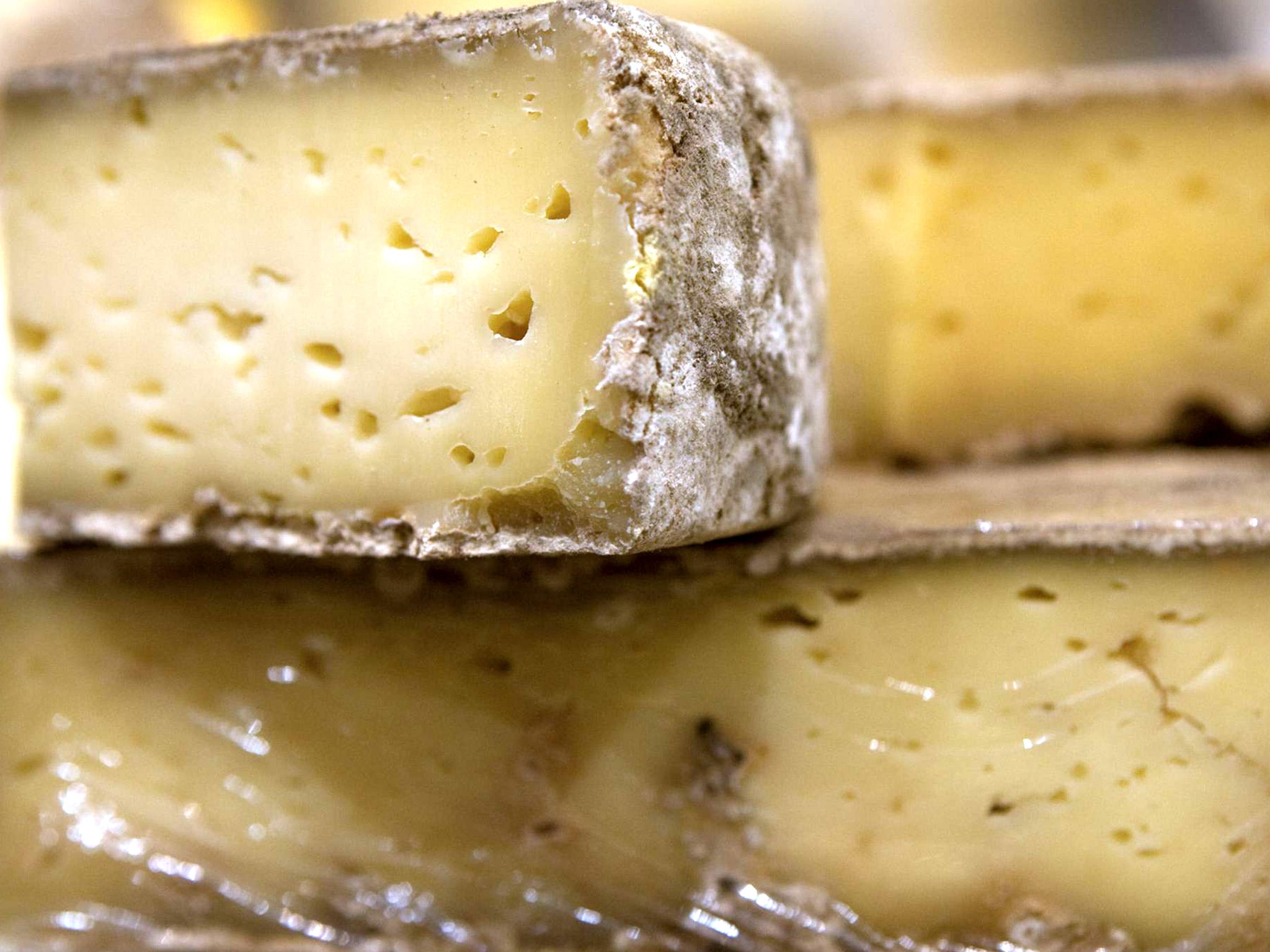Stone Age people were making cheese over 7,000 years ago

Stone Age people living in northern Europe were making cheese more than 7,000 years ago according to scientists who believe they have found the first direct evidence of dairy processing.
Chemical traces of processed milk have been found on pieces of perforated pottery unearthed at an archaeological site in Poland dating to two millennia before people began to build first monument at Stone Henge in Britain.
Archaeologists had suggested more than 30 years ago when the shards were first discovered in the Polish region of Kuyavia that the perforated pots may have been used as stone-age cheese strainers to separate the solid milk curds from the liquid whey.
A detailed chemical analysis of the inner surfaces of the pots has now confirmed the pottery has a thin residue of fatty acid deposits showing that the sieves were indeed used for processing milk into cheese.
The discovery shows that prehistoric people must have experimented with ways of preserving milk far earlier than previously thought. Making cheese was important because it could be transported more easily than milk and could also be eaten more easily by people who would otherwise not be able to digest the lactose in milk.
“Before this study it was not clear that cattle were used for their milk in Northern Europe around 7,000 years ago,” said Melanie Salque of the University of Bristol, who helped to conduct the study published in the journal Nature.
“The presence of milk residues in sieves – which look like modern cheese strainers – constitute the earliest direct evidence for cheese making. So far, early evidence for cheese making were mostly iconographic, that is to say murals showing milk processing which date to several millennia later than the cheese strainers,” Ms Salque said.
Peter Bogucki, one of the archaeologists who first suggested that the perforated pots much have been cheese strainers, said that being able to process milk was a key nutritional development at a time when most people would not have been able to digest the lactose in milk.
“Making cheese allowed them to reduce the lactose content of milk, and we know that at that time, most of the humans were not tolerant to lactose. Making cheese is a particularly efficient way to exploit the nutritional benefits of milk, without becoming ill because of the lactose,” Dr Bogucki said.
Join our commenting forum
Join thought-provoking conversations, follow other Independent readers and see their replies
Comments